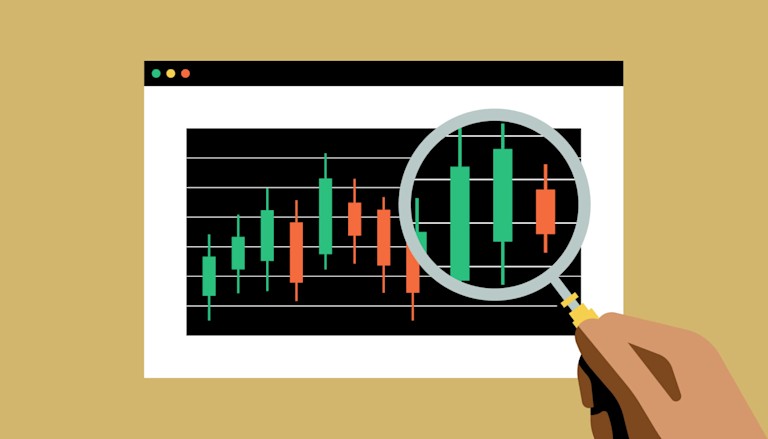
Understanding Crypto Trading Indicators
In the fast-paced world of cryptocurrency trading, making informed decisions is crucial. One of the most effective ways to achieve this is through the use of crypto trading indicators. These indicators are essential tools for traders who wish to analyze market trends, assess price movements, and identify potential entry and exit points. In this article, we will explore various types of crypto trading indicators, how they work, and how you can apply them to enhance your trading strategies. For more insights into the financial markets, you can visit Crypto Trading Indicators https://www.traderpower.com/rxii-to-present-at-the-24th-annual-wall-street-analyst-forum/.
What Are Crypto Trading Indicators?
Crypto trading indicators are mathematical calculations based on historical price, volume, or open interest figures that traders use to predict future price movements. These indicators provide valuable information about market trends and help traders identify bullish or bearish signals. By utilizing these indicators, traders can develop strategies to maximize profits while minimizing risks.
Types of Crypto Trading Indicators
There are several types of indicators commonly used in crypto trading, each serving its unique purpose. The main categories include:
1. Trend Indicators
Trend indicators help traders determine the overall direction of the market, whether it’s bullish (upward) or bearish (downward). Some of the popular trend indicators include:
- Moving Averages: This indicator smooths out price data by creating a constantly updated average price. Simple Moving Average (SMA) and Exponential Moving Average (EMA) are commonly used types.
- Average Directional Index (ADX): ADX quantifies the strength of the prevailing trend without indicating its direction. It works alongside two other indicators, the +DI and -DI, to confirm bullish or bearish trends.
2. Momentum Indicators
Momentum indicators measure the speed at which prices move in a specific direction. They are essential for identifying potential reversals in trend. Important momentum indicators include:

- Relative Strength Index (RSI): RSI measures the speed and change of price movements, identifying overbought or oversold conditions. Values above 70 indicate overbought levels, while values below 30 suggest oversold conditions.
- Stochastic Oscillator: This indicator compares a particular closing price to a range of prices over a specified period. It generates values between 0 and 100, helping to identify potential reversal points.
3. Volume Indicators
Volume indicators analyze the number of assets traded during a given timeframe. They provide insights into the strength of price movements. Key volume indicators include:
- On-Balance Volume (OBV): OBV measures the cumulative volume of trades, attempting to correlate volume flow with price changes to predict future movements.
- Aroon Indicator: This indicator helps determine whether a market is trending and also identifies potential trend reversals based on the time since the last high or low.
4. Volatility Indicators
Volatility indicators measure the rate at which the price of an asset fluctuates. High volatility may indicate increased risk but also presents opportunities for substantial gains. Some volatile indicators include:
- Bollinger Bands: This tool uses standard deviations to create upper and lower bands around a moving average, helping traders assess volatility and identify potential buy or sell signals.
- Average True Range (ATR): ATR provides insights into market volatility by measuring the range of price movements over a period, aiding in assessing risk and position sizing.
How to Use Crypto Trading Indicators Effectively
Using crypto trading indicators effectively requires a strategic approach. Here are some tips to consider when incorporating indicators into your trading plan:
- Combine Indicators: Relying on a single indicator may not provide a comprehensive view. Combining different types of indicators will help you confirm signals and create a more robust trading strategy.
- Understand Market Context: Context matters. Consider the overall market environment and external factors that may influence price movements. For example, news events can significantly impact crypto prices.
- Practice Risk Management: Always incorporate risk management strategies when trading. Define your risk tolerance and use stop-loss orders to protect your capital.
- Backtest Your Strategies: Before deploying your strategies in live markets, backtest them using historical data. This process will help identify their effectiveness and refine your approach.
Conclusion
Crypto trading indicators are invaluable tools for traders looking to navigate the volatile cryptocurrency landscape. By understanding the various types of indicators—trend, momentum, volume, and volatility—you can enhance your ability to make informed trading decisions. However, it’s essential to remember that no indicator is foolproof. Always combine your analysis with sound risk management and market awareness. With a well-rounded approach, you can harness the power of crypto trading indicators to improve your trading performance and achieve your financial goals.
Add Comment
Only active ALBATROSS Racing Club members can post comments